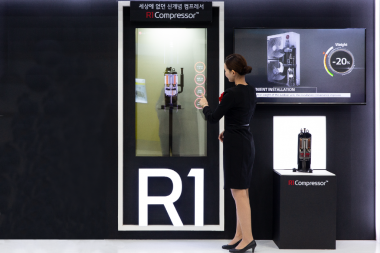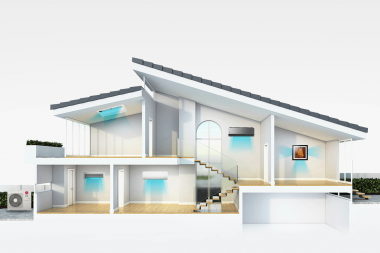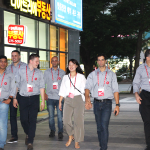Have you ever experienced your friend complaining that they are cold when you feel comfortable or even hot? This is a common phenomenon and there are many reasons why two people might experience the same temperature differently. The way we perceive temperature can also depend on other variables such as humidity, altitude, wind chill or even the environment to which we are accustomed. While the temperature may seem like an exact science, it’s all quite relative in actuality. Let’s explore some of the factors that affect how we interpret climate and temperature.
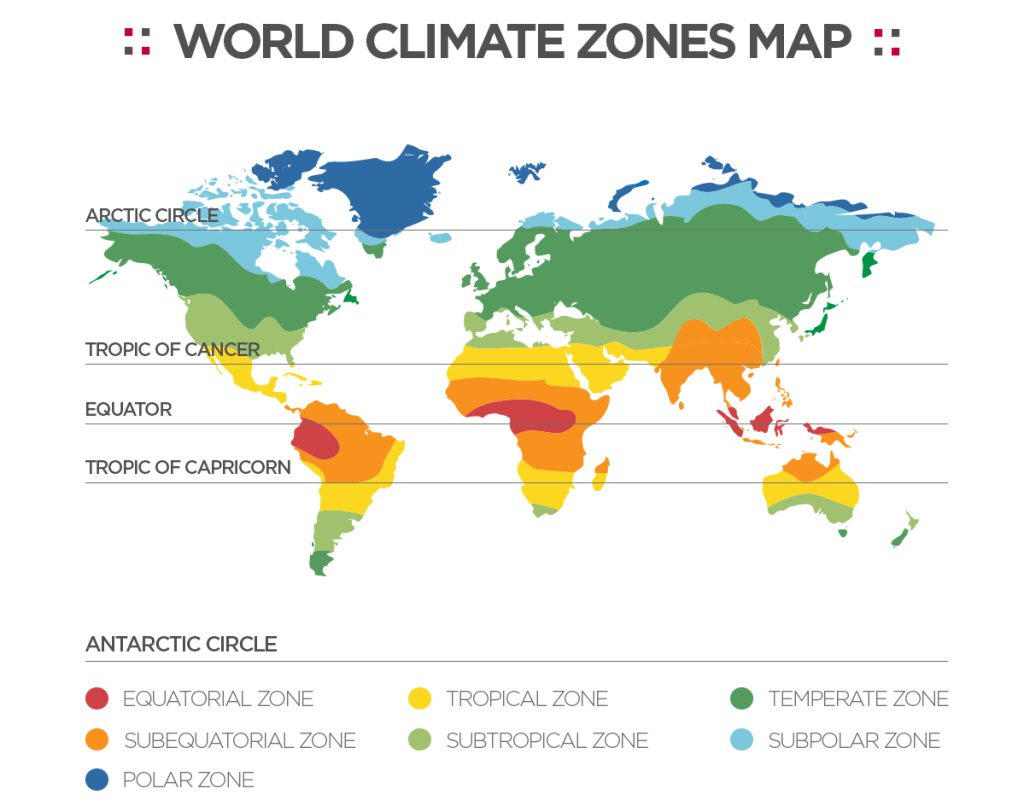 There are various climate classification systems that define the climates of the planet
There are various climate classification systems that define the climates of the planet
Defining Climates Around the World
First, let’s look into how climate is categorized. There are various types of climate classification systems and the simplest way to classify climate is to use latitude. Different latitudes on Earth get different amounts of sunlight and sunlight can be a key factor to determine climate. Regions at higher latitudes receive sunlight at a sharp angle and sun rays are spread over a wide area. So, places within the arctic climate zones tend to be snow or ice-covered year-round. Mid-latitude areas, the temperate zones, receive sunlight at a moderate angle resulting in distinct changes across four seasons. Areas at low latitudes receive sunlight almost vertically and the sun’s rays are concentrated in these areas. As you can see in the figure above, the tropical belt is covered extensively by oceans and tropic regions are mostly hot and humid. Although it’s no surprise that different regions have vastly different average temperatures and climates, it may be more surprising to see how people in different climates deal with temperature.
 People in the cooler climates of Scandinavia actually consume more ice cream
People in the cooler climates of Scandinavia actually consume more ice cream
To Each Their Own
There’s nothing that hits the spot better than a refreshing serving of ice cream on a hot summer day. But who do you think eats the most ice cream? In fact, Scandinavians consume the most ice cream per capita even though they live in a cooler climate. You will also find that people living in tropical climates near the equator tend to eat spicier foods, which may also be unexpected. While there are, of course, exceptions to these norms, cultural and environmental factors are what lead people to practice what defies expectations for the rest of us.
Our Internal Thermostat
So what might be the unique element that determines how we perceive temperature? This element is a sort of built-in thermostat each of us have: our brains! The process our brains use to detect temperature and regulate temperature are closely related. Thermoreceptors on our skin send signals to our brains when they encounter something like the cool touch of ice cream or the tingling sensation of spicy food. The brain then reacts to these signals and this is why we shiver when we’re cold and sweat when we’re hot. When we stay in a constant environment for an extended period of time, our brain works to acclimatize our bodies to that environment. This process is one theory that could explain why a house with the thermostat set to 24°C (75°F) feels warmer in the summer and cooler in the winter or why someone standing next to you can feel cold while you feel warm. This type of acclimatization could also explain why in 2010, during an unusual cold streak in Hong Kong, a significant number of deaths occurred due to complications related to the cold even though the temperature only reached as low as 8-10°C (46~50°F). People living in the tropical climate of Hong Kong had not experienced these temperatures and perhaps some of their bodies were not prepared to handle the uncommonly low temperatures.
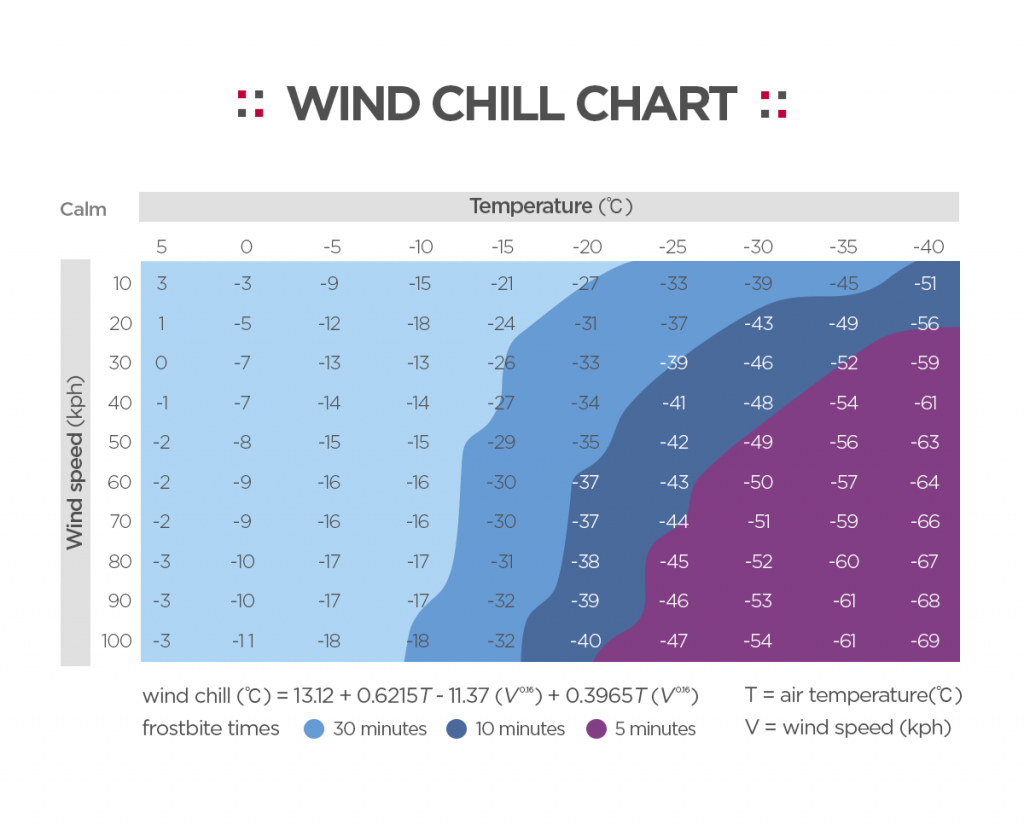 The wind chill factor plays a major role in how we perceive the temperature outdoors.
The wind chill factor plays a major role in how we perceive the temperature outdoors.
But there are still some environmental factors that can account for some discrepancies in temperature. The wind chill factor is a commonly used indicator of what the temperature actually feels like outside. We use the outdoor temperature along with wind speed to determine the wind chill factor. You can get an idea about how it works by referencing the chart above. The level of relative humidity in the atmosphere can also make us warmer or cooler that the actual temperature. A large amount of moisture in the air makes it hard for us to evaporate sweat from our skin and makes us feel warmer, while a lower amount of moisture in the air makes evaporation easier and makes us feel cooler. As far as unexpected inconsistencies concerning temperature go, elevations comes into play as well. At sea level, water boils at 100 °C (212 °F). However, for every 150m (500ft) increase in elevation, the boiling point of water is lowered by about 0.5 °C (0.9°F). So while we typically expect water to boil at 100°C, it actually boils at 94.7°C in a city like Denver, located 1,609m (1 mile) above sea level. The temperature outside also decreases as you go higher in elevation due to the decrease in pressure and more widely spread molecules. For every 304m (1,000ft) in elevation, there is a 5.4°F temperature decrease and a 3.5°F temperature decrease in precipitation such as snow or rain.
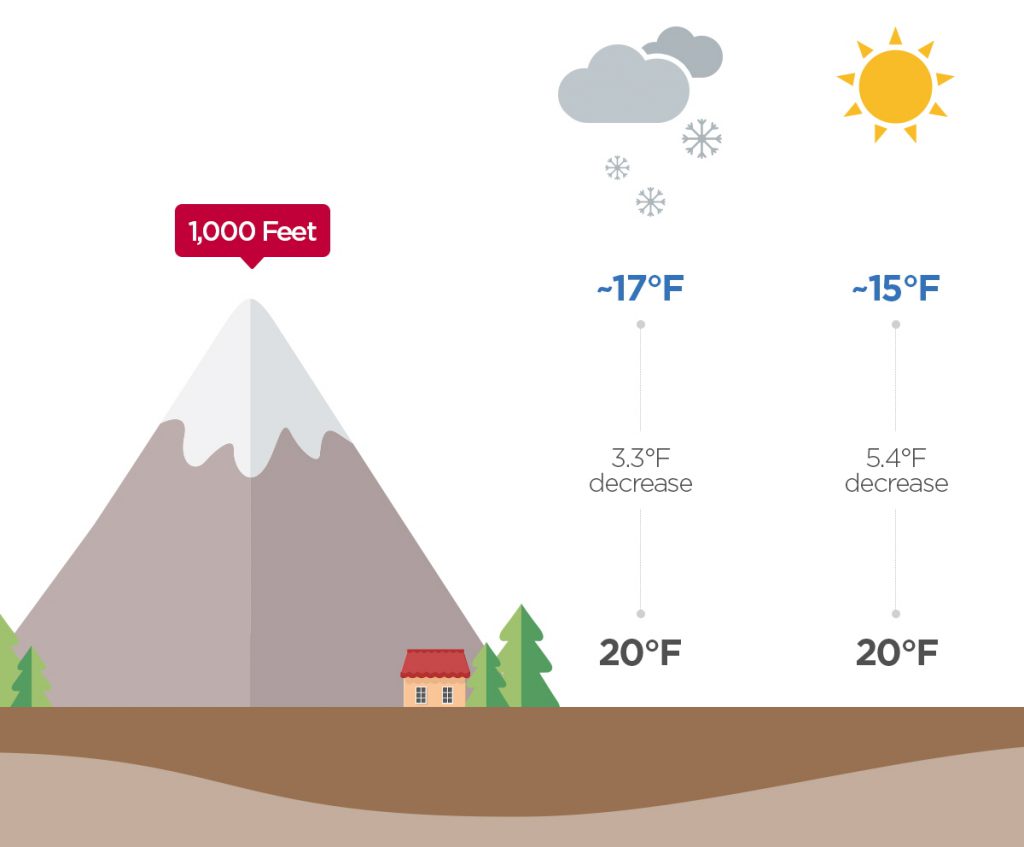 Elevation also impacts temperature and how it affects us.
Elevation also impacts temperature and how it affects us.
Temperature is clearly a complex matter and things may not look, or feel, just as they seem. Lucky for us, LG is an expert in temperature and is continuously conducting research to better understand temperature and environments so that we don’t have to. The next time your friend tells you their cold, just remember, there are a lot of factors involved.






